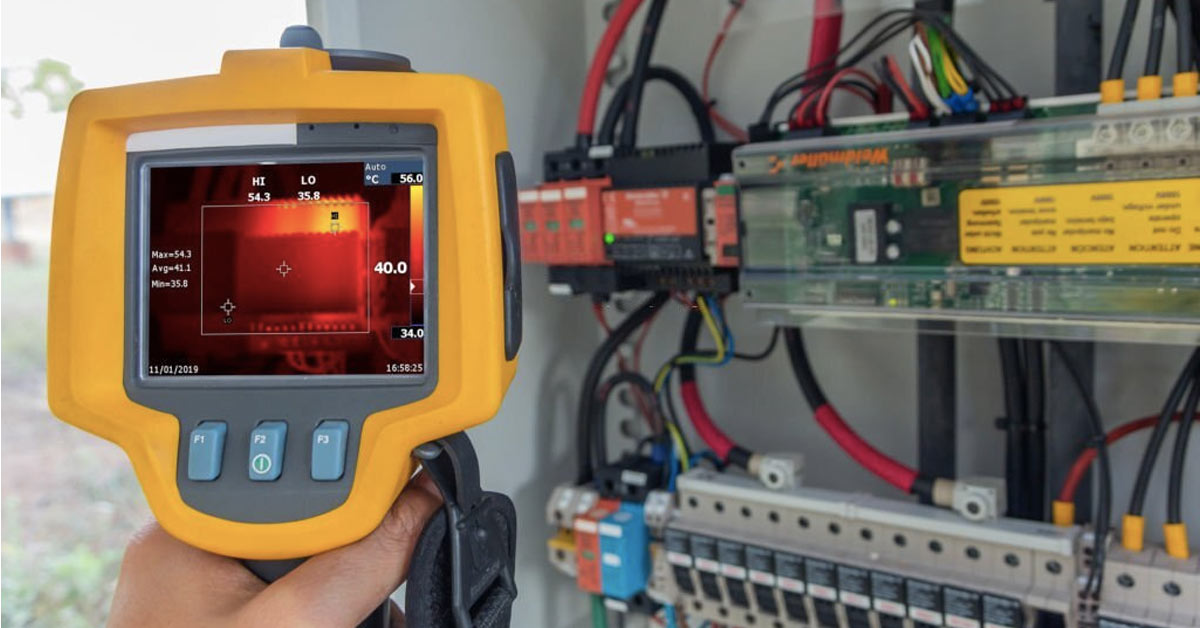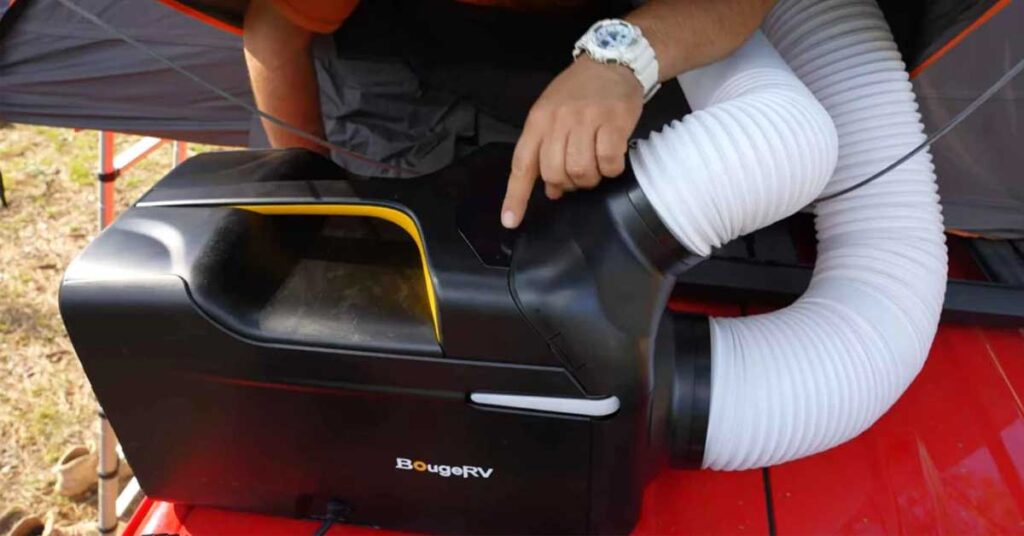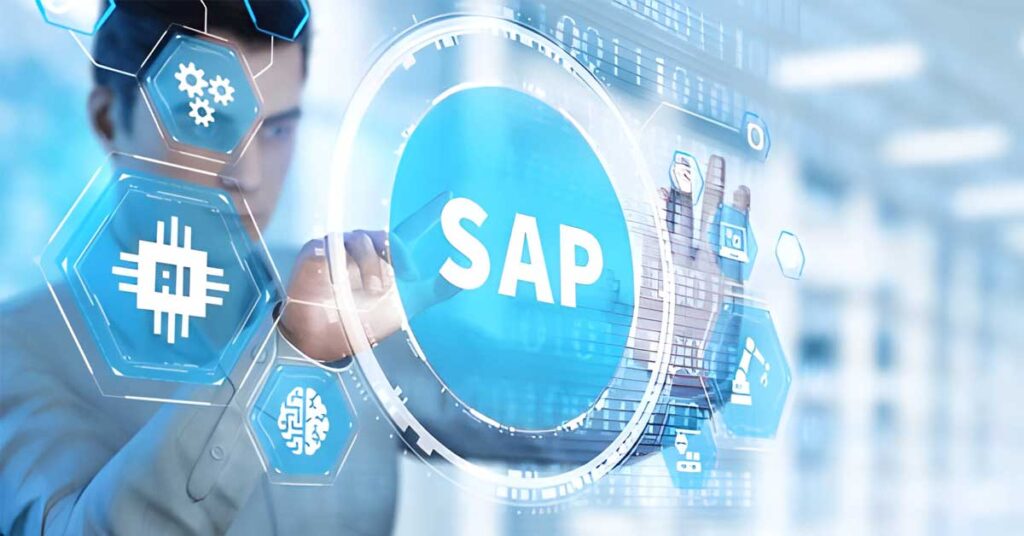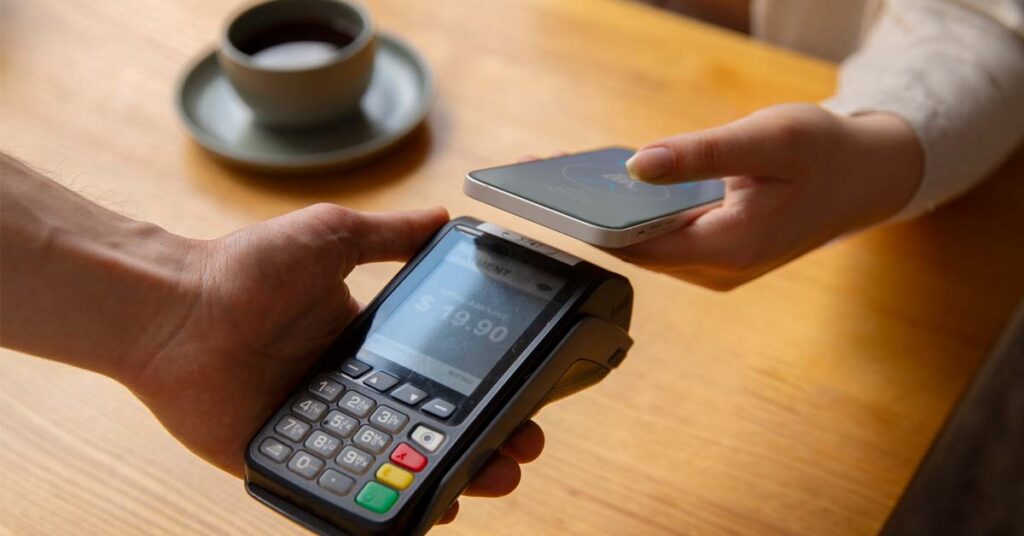Science has provided us with tools to perceive what our naked eyes cannot. One such marvel is the ability to see beyond the visible spectrum using thermal infrared inspection. This technology, used in myriad applications from safety to diagnostics, has transformed the way we perceive and interact with our surroundings. Dive with us into this enlightening realm and discover the nuances of thermal infrared inspection.
Understanding the Spectrum
Before delving into the specifics, it’s crucial to grasp the fundamentals of the electromagnetic spectrum. We, humans, are accustomed to viewing the world through visible light. But this is merely a sliver of the vast electromagnetic spectrum, which encompasses everything from radio waves to gamma rays. Thermal infrared lies just beyond the red end of the visible light spectrum, capturing the world based on temperature differences rather than light.
It’s interesting to note that while thermal infrared inspection is immensely powerful, it’s not the only method in non-destructive testing. Another technique, known as magnetic particle inspection, provides insights into surface and slightly subsurface discontinuities in ferromagnetic materials.
Working Principle: How Does It Work?
Thermal infrared inspection, also known as thermography, doesn’t just “see” in the dark. It detects the infrared radiation emitted by objects, which increases with temperature.
- Emission: All objects emit infrared radiation, which these cameras detect and convert into electrical signals.
- Conversion: These electrical signals are then processed to produce a thermal image, which showcases temperature variations.
- Analysis: Operators can analyze these thermal images to diagnose problems, identify heat sources, or even track wildlife.
Applications: Where Is It Used?
From daily life to specialized industries, the applications of thermal infrared inspections are vast.
- Building Diagnostics: Identifying heat leaks, water leaks, or insulation issues becomes effortless, allowing for targeted interventions.
- Medical Imaging: Thermal cameras can help in the early detection of some health issues by spotting temperature anomalies in the human body.
- Electrical Inspections: Overheated components or electrical faults can be pinpointed before they become significant issues.
Benefits: Why Opt for Thermal Infrared?
Thermal infrared inspection offers several unique advantages:
- Non-contact: The method doesn’t require any physical contact with the object, making it perfect for scanning moving or hazardous objects.
- Real-time Results: Instantaneous imaging allows for real-time monitoring and quick decision-making.
- Versatility: From night-vision equipment to predictive maintenance in industries, its applications are diverse.
Limitations and Considerations
While powerful, thermal infrared inspection is not without limitations:
- Surface Emissions Only: Thermal cameras detect radiation from the object’s surface, not its core. Hence, they may not be suitable for detecting issues deep within objects.
- Interference: Certain materials, like glass, can be opaque in the infrared spectrum, making it challenging to obtain accurate readings.
- Skill Requirement: Interpretation of thermal images requires training. The colors on the thermal image represent temperature variations, and misreading can lead to incorrect conclusions.
Complementary Techniques
To overcome the limitations of thermal infrared inspection, it’s often combined with other non-destructive testing methods. For instance:
- Ultrasonic Testing: For subsurface flaw detection.
- X-ray Imaging: For internal inspection of components.
- Visual Inspection: Sometimes, a combination of thermal imaging and simple visual inspection can provide comprehensive insights.
Thermal infrared inspection, an eye into the realm beyond visible light, has reshaped the way we understand and interact with our environment. Its ability to perceive temperature anomalies provides invaluable insights across various sectors. However, like all tools, understanding its strengths and limitations is vital. By combining it with complementary methods like magnetic particle inspection or ultrasonic testing, we can harness the full potential of non-destructive testing. As technology advances, it’s exciting to envision a world where our perception continually expands, transcending the boundaries of the human eye.
ⓘ LAFFAZ is not responsible for the content of external sites. Users are required to read and abide by our Terms & Conditions.








